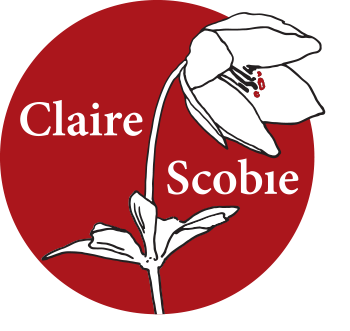04 Jun Three stages of editing
To make the publisher’s deadline for my new novel, I’ve been through an intense period of editing. At times it felt like running a marathon – except the finish line kept getting further away.
At the end, when I should have had my feet up, I went on an excellent one-day Editing Essentials course with Deb Doyle at the Australian Writers’ Centre. Deb is one of those teachers who’s passionate about her subject. At the end of a jam-packed day which covered editing rules, grammar and punctuation tips, she provided a hefty file of editing notes.
 Whether you’re writing a report or a book, there are some essential editing stages.
Whether you’re writing a report or a book, there are some essential editing stages.
Structural Edit
This is the big picture or macro-edit stage. An editor will read your work and come back to with you suggested changes.
Here’s what happened for me with The Pagoda Tree. My editor’s suggestions included:
- Expanding a scene
- Developing a character
- Providing more dialogue
- Pruning text
- Writing an entirely new section
- Clarifying details
- Ensuring the timeline of the plot and characters was watertight
- Checking historical references.
As an author, it’s up to you if you want to incorporate all or any of the above.
This is the stage were you are cutting chunks of text, rewriting parts and changing the structure of the document.
You want to ensure the narrative is logical, the voice consistent and nothing is missing.
This is your chance to get an overview of the work before the next stage.
Copy Edit
This is also called micro-editing, fine editing or in journalism, sub-editing. In a publishing house your primary editor will usually send the manuscript to a freelance copy editor for this job.
A copy editor analyses every word and drills down to the architecture of the writing. This stage looks at:
- Sentence structure
- Grammar
- Punctuation
- Spelling mistakes
This is when a style guide is used to ensure that any particular words, jargon or terminology are consistent throughout the work.
As my novel is set in eighteenth-century India, I have both Indian words and historical phrases. So the editor who worked on my manuscript put together her own style guide:

At the copy editing stage, you are making the writing as good as it can be, rather than re-working the text. You are making the document ready for the final stage:
Proofreading
For a long document, like a book, this is done on the page. For shorter reports, you can proofread on the screen. Be warned: it’s much easier to miss errors on the screen.
Proofreading is for correcting the last typos, formatting issues and remaining errors.
It’s like the final polishing to the work. And the best part about it … You know you’re almost at the finishing line.
